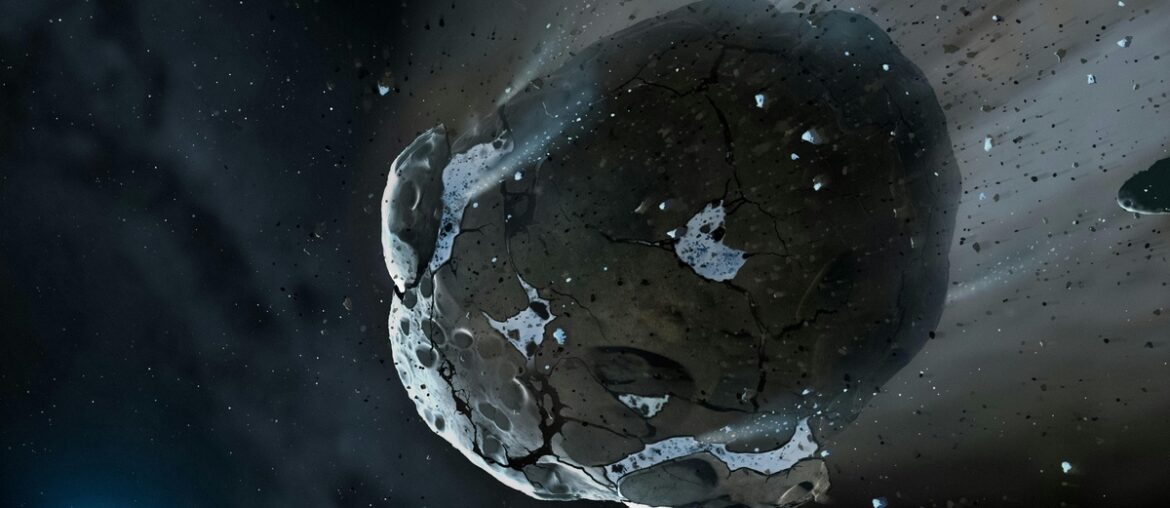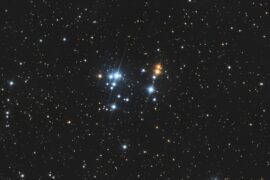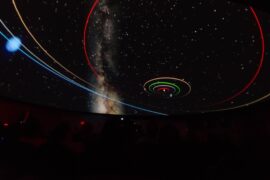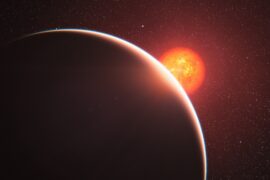On March 1, 1958, the discovery of the Van Allen radiation belts showed Earth wasn’t an isolated island — space itself contains invisible hazards that can damage electronics and human bodies.
Understanding those hazards matters. Solar storms have already knocked out power and communications—most famously the 1989 geomagnetic storm that caused the Quebec blackout—and small natural impactors can still hurt people, as the Feb 15, 2013 Chelyabinsk meteor that injured about 1,500 demonstrated. Human activity in orbit has added a growing danger: the 2009 Iridium–Kosmos collision produced roughly 2,300 trackable fragments and raised collision risk for satellites. These events make clear stakes for satellite reliability, astronaut safety, and planetary defense.
The list below explains the 9 most dangerous objects in space, why they matter, and what we do about them.
Compact remnants: black holes, neutron stars, and magnetars
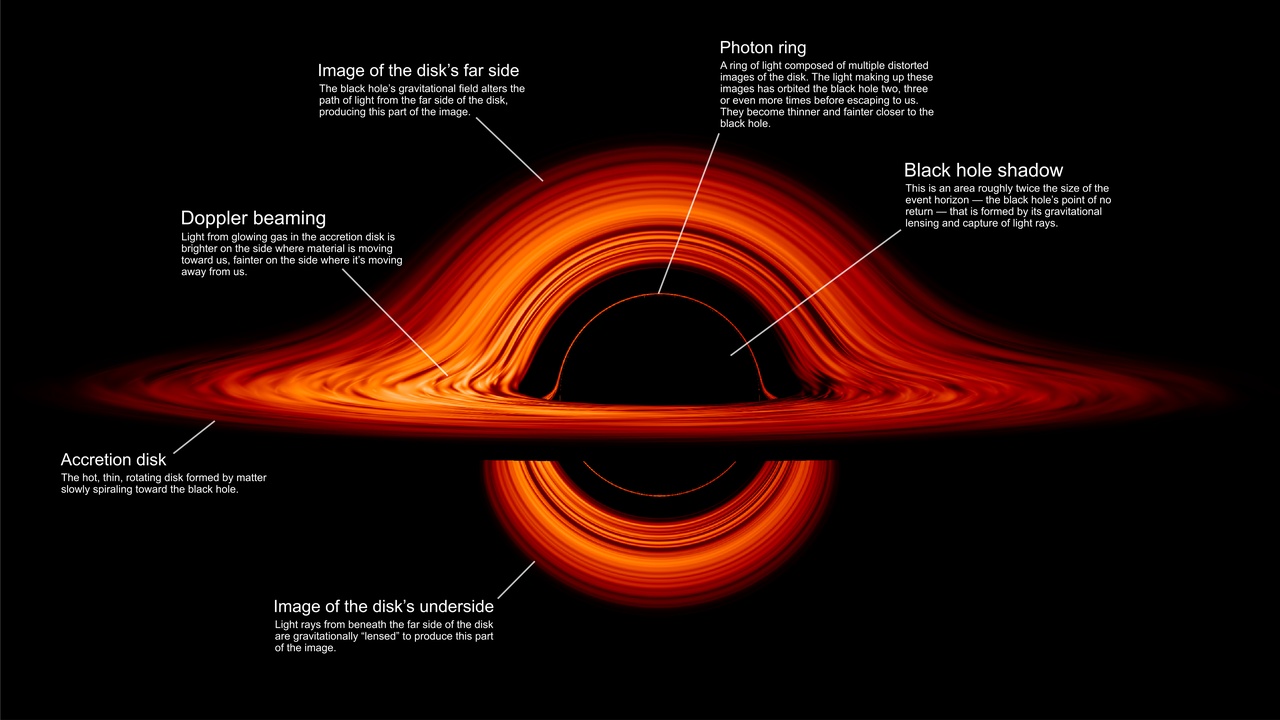
Compact stellar remnants rank among the most dangerous objects in space because they concentrate extreme gravity, radiation, and magnetic fields into tiny volumes, producing lethal conditions nearby. For technical background and recent reviews, see NASA mission pages and Nature review articles on compact objects and high-energy astrophysics.
1. Black holes — gravity wells that devour matter
Black holes are one of the most dangerous objects in space because of their intense gravity and energetic jets.
Tidal forces near an event horizon can spaghettify matter and power accretion disks that emit brilliant X-rays and gamma rays. Sagittarius A*, the Milky Way’s supermassive black hole, has a mass of about 4.1 million solar masses, while stellar-mass black holes—like the classic Cygnus X-1 system—weigh only a few to tens of Suns. Accretion processes can launch relativistic jets that extend thousands of light-years and inject energy into interstellar gas.
Practical implications are local but serious: any spacecraft or planet that strays too close faces lethal radiation and destruction by tidal forces. Supermassive and stellar black holes differ mainly in scale and environment, but both produce high-energy hazards near them.
2. Neutron stars (pulsars) — ultradense lighthouses of radiation
Neutron stars are compact remnants that rank among the most dangerous objects in space due to immense density and focused radiation.
A teaspoon of neutron-star matter would weigh about a billion tons on Earth; these objects cram roughly 1.4 solar masses into a 10–20 km sphere. Many spin rapidly, with millisecond pulsars like PSR J1748-2446ad reaching 716 rotations per second (716 Hz), sweeping narrow beams of radio, X-ray, and gamma radiation into space.
If a beam crossed a nearby spacecraft or planetary atmosphere at close range, the focused ionizing flux could damage electronics and be lethal to unshielded life. That said, pulsars are also useful: their steady timing has been proposed for navigation (pulsar-based timing and navigation research), so they present both opportunity and hazard.
3. Magnetars — the universe’s strongest magnets
Magnetars are among the most dangerous objects in space because their magnetic fields—up to 10^15 gauss—can disrupt matter and even affect planetary atmospheres.
To put that in context: Earth’s magnetic field is roughly 0.5 gauss. Magnetars pack fields a trillion times stronger, and when they flare they release enormous bursts of X-rays and gamma rays. The giant flare from SGR 1806-20 on Dec 27, 2004 produced a spike that briefly altered Earth’s ionosphere despite originating tens of thousands of light-years away.
Magnetar flares are rare but catastrophic for anything in close proximity: they can strip atmospheres, fry electronics, and drive powerful particle storms. Researchers track known magnetars to quantify those high-energy risks.
Stellar explosions and solar hazards
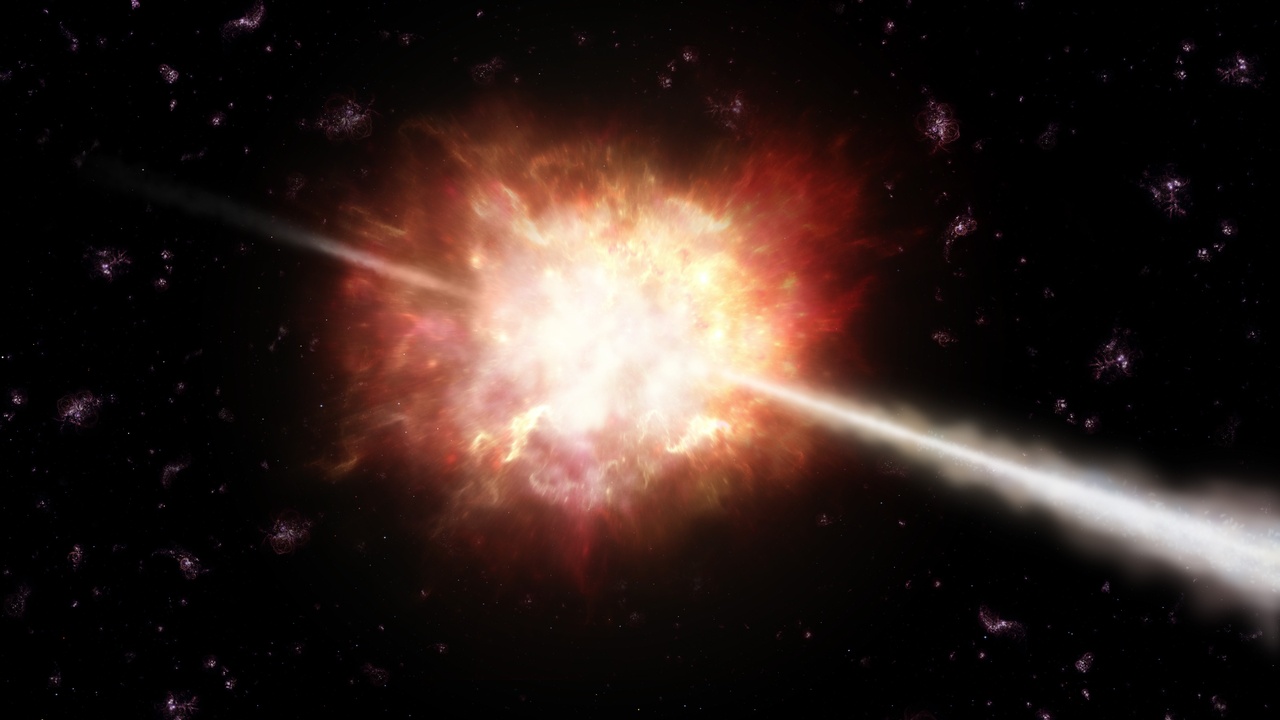
Explosive stellar events and our Sun are counted among the most dangerous objects in space because their energy output can change atmospheres, harm biology, and disrupt technology across interstellar and planetary distances.
4. Supernovae — nearby exploding stars with widespread effects
Supernovae rank among the most dangerous objects in space because an explosion within a few dozen light-years can alter a planet’s atmosphere.
SN 1987A, observed on Feb 23, 1987 in the Large Magellanic Cloud, remains our best nearby laboratory for supernova physics. In some models, a supernova within roughly 30 light-years could produce enough ionizing radiation and cosmic-ray flux to erode ozone and raise surface UV levels, with serious biospheric consequences.
Beyond biology, elevated cosmic-ray flux from a nearby supernova can increase single-event upsets in electronics and create additional radiation hazards for spacecraft. Monitoring candidate nearby stars and modeling their supernova likelihoods helps quantify this long-term threat (see NASA and peer-reviewed work for estimates).
5. Gamma-ray bursts — narrow, intense beams of lethal radiation
Gamma-ray bursts are considered among the most dangerous objects in space because their focused beams can deliver lethal doses of ionizing radiation across long distances.
GRBs were first detected by the Vela satellites in 1967 and later tied to distant stellar explosions. One notable event, GRB 980425 in 1998, was associated with SN 1998bw and highlighted connections between some GRBs and core-collapse supernovae. If a GRB jet were aimed at Earth from within a few thousand light-years, it could strip ozone and greatly increase surface UV exposure.
Thankfully such direct alignments are extremely rare, but the sheer energy and narrow beaming make GRBs among the most powerful localized threats in the universe.
6. The Sun — solar flares and coronal mass ejections that disrupt technology
The Sun is among the most dangerous objects in space for modern civilization because solar flares and CMEs can disable satellites and power grids.
The Carrington Event in 1859 is the historical benchmark for a powerful geomagnetic storm, and on March 13, 1989, a geomagnetic storm caused a blackout across Quebec’s power grid. In July 2012 a Carrington-class CME narrowly missed Earth when it struck the STEREO-A spacecraft instead.
Solar flares and CMEs damage satellite electronics, disrupt GPS and radio, and induce currents in long conductors that can trip transformers. Utilities and space operators reduce risk through better forecasting, hardening hardware, and operational procedures—see How solar storms affect power grids for more on mitigation.
Near-Earth and human-made threats
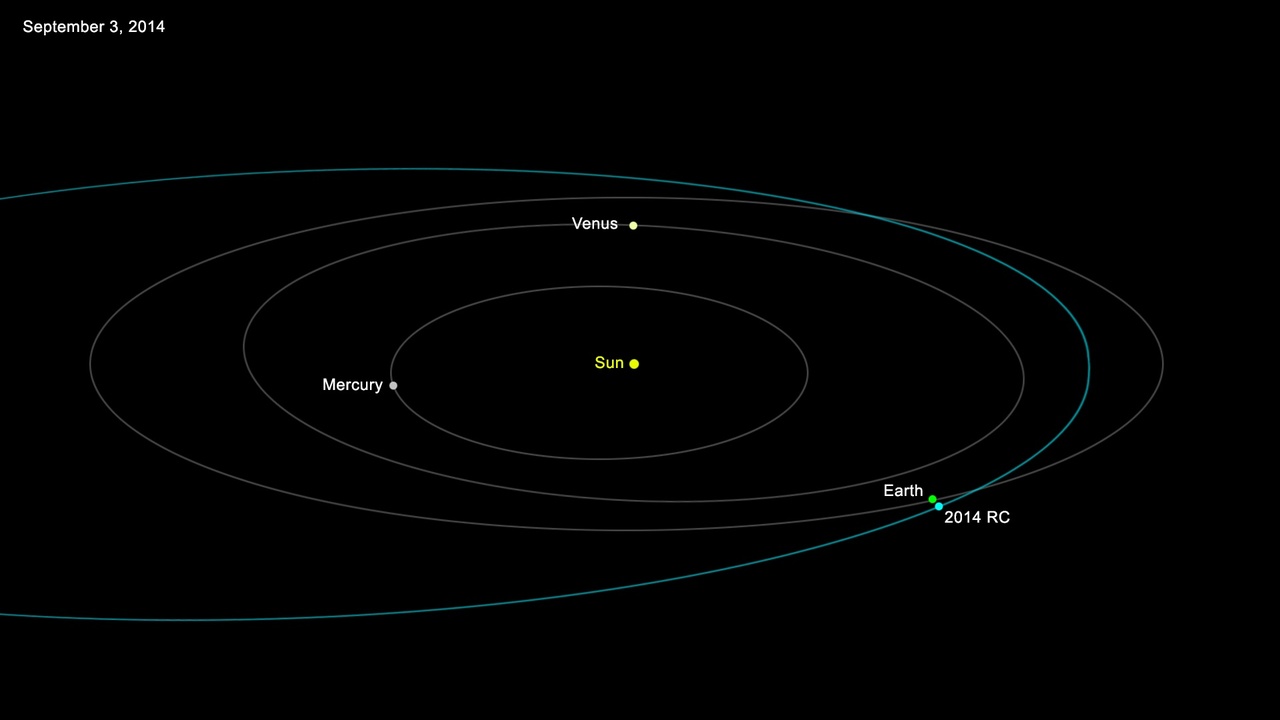
Objects that share near-Earth space—natural impactors and human-made debris—are some of the most dangerous objects in space because they create immediate, practical risks to people, infrastructure, and the growing space economy.
7. Near-Earth asteroids and comets — impactors like Apophis
Near-Earth asteroids and comets are among the most dangerous objects in space because of the impact hazard they pose to populated regions.
Historic events show the danger. The Tunguska explosion on June 30, 1908 flattened forests across hundreds of square miles, and the Chelyabinsk meteor of Feb 15, 2013 was about 20 meters across and injured roughly 1,500 people from blast and glass damage. A high-profile future close approach is asteroid (99942) Apophis, which will pass about 31,600 km above Earth’s surface on April 13, 2029.
Planetary defense efforts—wide-field NEO surveys and active tests like NASA’s DART kinetic impactor in 2022—are designed to find and, if needed, deflect threatening objects. For an overview of detection and mission efforts see Planetary defense: NEO detection and DART mission.
8. Space debris — collisions, Kessler syndrome, and an orbital minefield
Space debris is one of the most dangerous objects in space for satellites and crewed missions, and it accumulates each year.
The Feb 10, 2009 Iridium–Kosmos collision generated roughly 2,300 trackable fragments and highlighted collision risks. Space surveillance catalogs roughly 20,000 trackable objects, but millions of smaller fragments—paint flecks, bolts—also orbit and can cause damaging hypervelocity impacts.
The Kessler & Cour-Palais paper (1978) described a cascade scenario in which collisions spawn more debris, increasing collision odds for everyone. Operators respond with avoidance maneuvers for the ISS, design-for-demise practices, and proposals for active debris removal. Learn more about technologies and policies at Space debris tracking and removal technologies.
9. Space radiation — cosmic rays and trapped belts that threaten life and electronics
Space radiation makes these among the most dangerous objects in space, posing a chronic risk to astronauts and sensitive electronics.
The Van Allen belts were discovered in 1958 and revealed trapped populations of energetic particles around Earth; outside those belts galactic cosmic rays (GCRs) create a persistent background of high-energy particles. NASA estimates a round-trip Mars mission could expose astronauts to about 0.66 Sv (660 mSv) from GCRs, a dose that contributes significantly to lifetime career limits for radiation exposure.
Radiation causes cancer risk for crew, degrades electronics through single-event upsets, and forces trade-offs in shielding mass versus mission feasibility. Mitigation includes timing missions with solar activity, improved forecasting, and development of better shielding materials and medical monitoring.
Summary
The most dangerous objects in space span exotic, high-energy remnants to immediate human-made hazards in near-Earth orbit; both types demand attention and resources.
- Exotic cosmic threats—black holes, neutron stars, magnetars, GRBs, and nearby supernovae—carry catastrophic energy but are rare and generally distant.
- Our Sun and stellar explosions have produced documented impacts on technology and atmospheres (Carrington Event 1859; Quebec blackout, 1989; SN 1987A), showing real-world consequences.
- Near-term risks from near-Earth objects and space debris are practical and growing: Chelyabinsk (2013) injured ~1,500, and the 2009 Iridium–Kosmos collision added ~2,300 fragments to orbit.
- Space radiation and trapped belts pose chronic hazards to astronauts and electronics; mitigation requires forecasting, shielding research, and operational planning.
- Actionable steps: support planetary defense surveys and missions, fund debris removal and safer satellite design, and increase investment in radiation research and forecasting to protect people and infrastructure.
Enjoyed this article?
Get daily 10-minute PDFs about astronomy to read before bed!
Sign up for our upcoming micro-learning service where you will learn something new about space and beyond every day while winding down.

